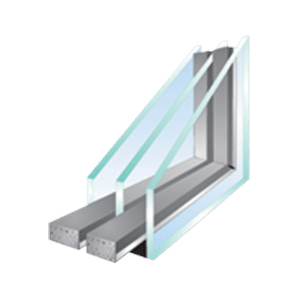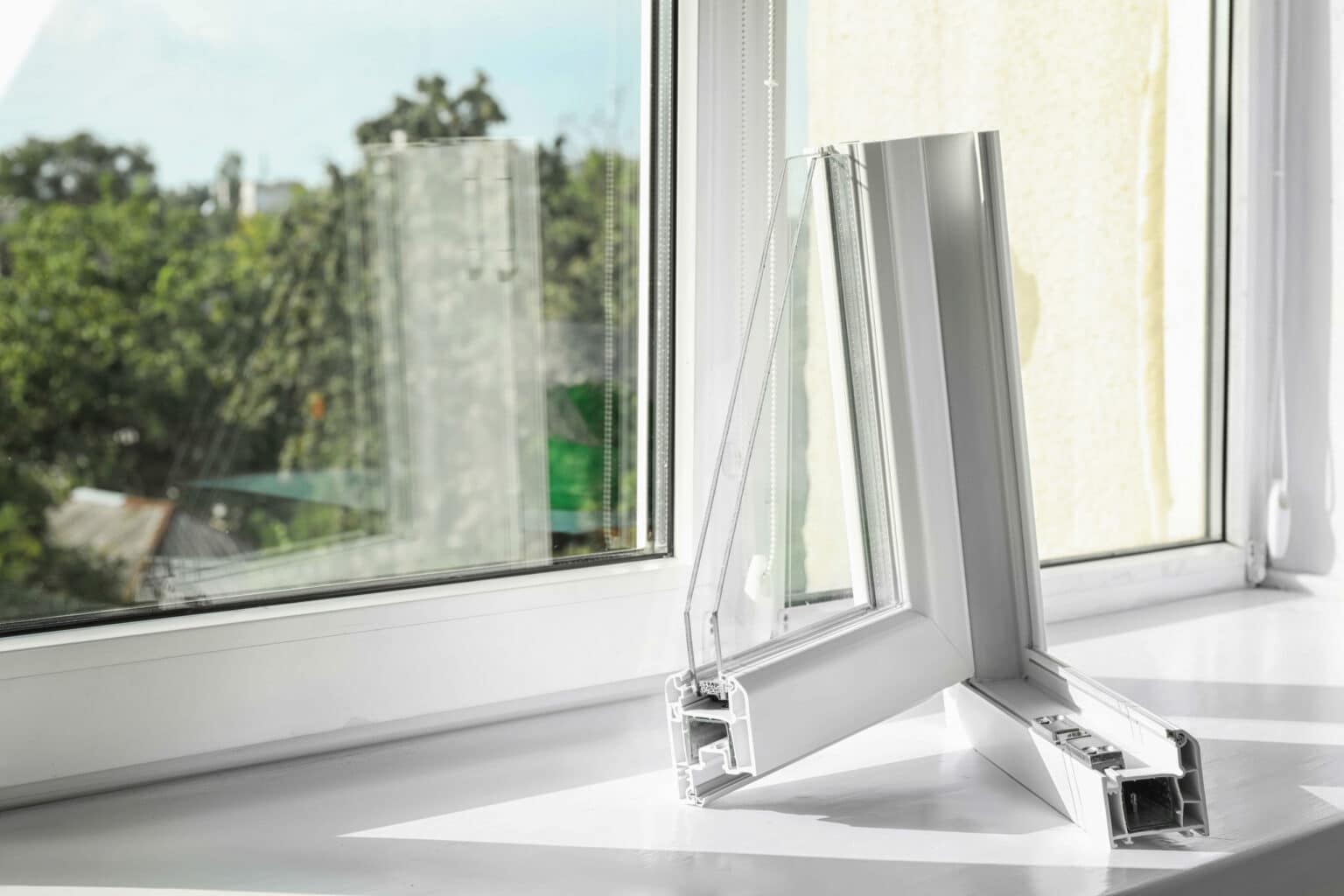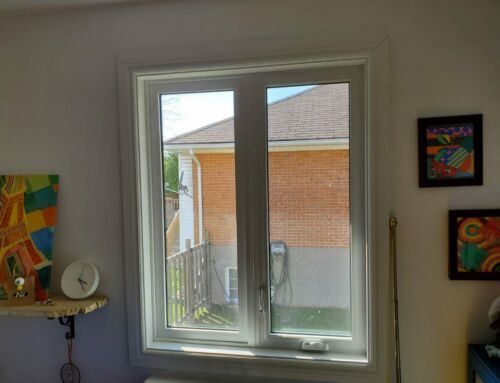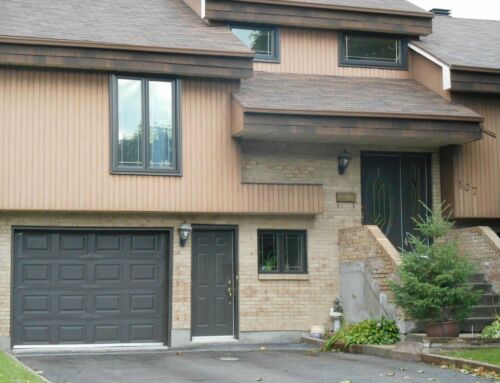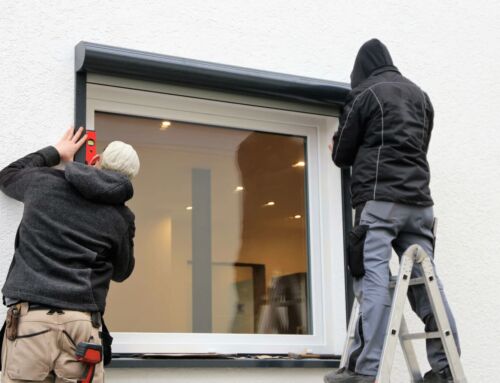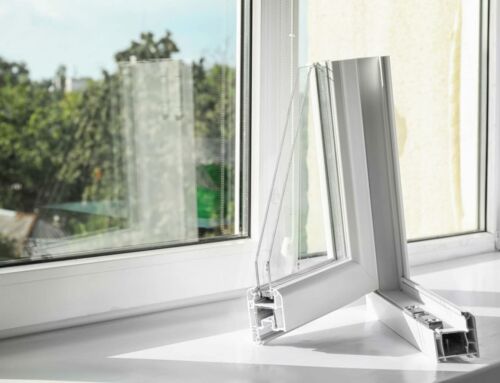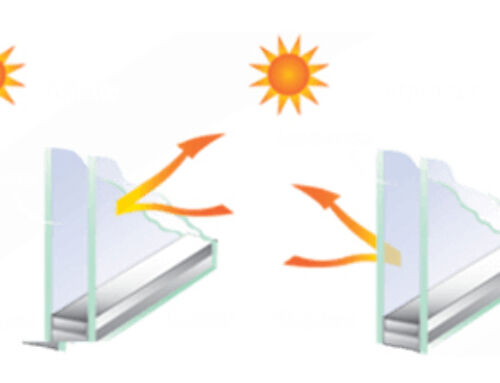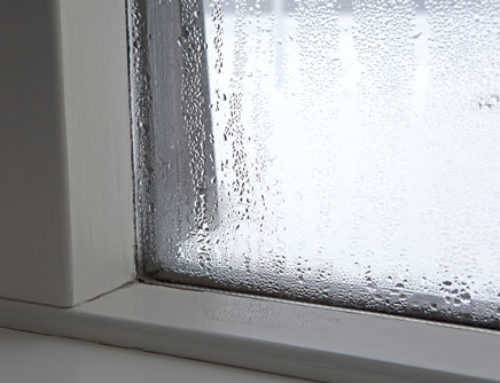10 Reasons Why Double-Glazed Windows May Break and How to Prevent It
When you look at a window, you’ll notice that 80-85% of it is composed of the double-glazed unit, making the choice of this component crucial for both thermal and sound insulation. The frame itself plays a much lesser role in these properties.
What is a Double-Glazed window?
A double-glazed window is essentially a sealed unit made up of two or three panes of glass. These panes can vary in chemical composition, thickness (ranging from 4 to 8 mm), heat transmittance (energy-saving properties), strength (tempered, laminated, or with impact-resistant film), light transmittance, and color (tinted in the mass or with a tinting film). The panes are connected by spacer frames and sealed with an elastic sealant to ensure they are moisture and air-tight. The quality of this seal is vital to the strength and reliability of the glass unit. Wind loads, atmospheric pressure changes, and temperature differences between the inside and outside can cause mechanical damage and cracks in the glass.
Here are the ten main reasons why double-glazed windows may break, along with ways to prevent these issues:
-
Manufacturing Defects
Double-glazed windows are cut to specific sizes during production, and this process can result in tiny chips and microcracks that may grow over time and cause damage. This problem is often seen in cheaper windows made without proper assembly techniques. To avoid this, purchase from reputable manufacturers that adhere to strict quality control standards.
-
Poor Quality Installation
Improper installation can lead to chips and microcracks that are not visible initially but can cause the glass to crack under stress. Always use professional installers and consider having the glass edges processed during manufacturing to enhance durability.
-
Mechanical Damage
Impacts from objects or accidents can cause noticeable cracks and holes. To protect against this, consider installing double-glazed units with tempered or laminated glass, which are much more resistant to impact.
-
Slamming the Window
Forcefully closing a window or a sudden slam due to a draft can cause hidden chips and microcracks to develop into larger cracks. Install hardware like opening limiters or protection against slamming to prevent this.
-
Thermal Shock from Overheating
Objects on the windowsill or items attached to the inner glass can cause uneven heating, leading to cracks. Avoid placing large objects on windowsills and refrain from attaching posters or notices to the glass.
-
Nearby Heating Devices
Placing heaters or other heat sources too close to the window can cause the glass to crack due to uneven heating. Keep heating devices at a safe distance from windows and avoid directing heat towards them.
-
Improper Glass Tinting
Incorrectly applied tinting film, especially on the inner pane, can cause overheating and stress on the glass. Use professional services to apply tinting that ensures proper energy absorption and prevents thermal shock.
-
Construction Work Errors
Attaching walls, partitions, or other structures directly to glass can create pressure that leads to cracks. Always leave a compensation gap to accommodate any movement and prevent pressure on the glass.
-
Inexperienced Installers
Incorrect alignment or use of improper mounting plates during installation can lead to cracks. Ensure you hire experienced professionals who use the correct materials and techniques.
-
Natural Wear and Tear
Over time, even high-quality double-glazed windows can develop issues due to environmental factors and regular use. Regular maintenance and inspections can help identify and address potential problems before they escalate.
To prevent unexpected breaks and ensure the longevity of your double-glazed windows, invest in quality products, professional installation, and regular maintenance. By addressing these common issues proactively, you can enjoy the benefits of your windows for many years to come.


